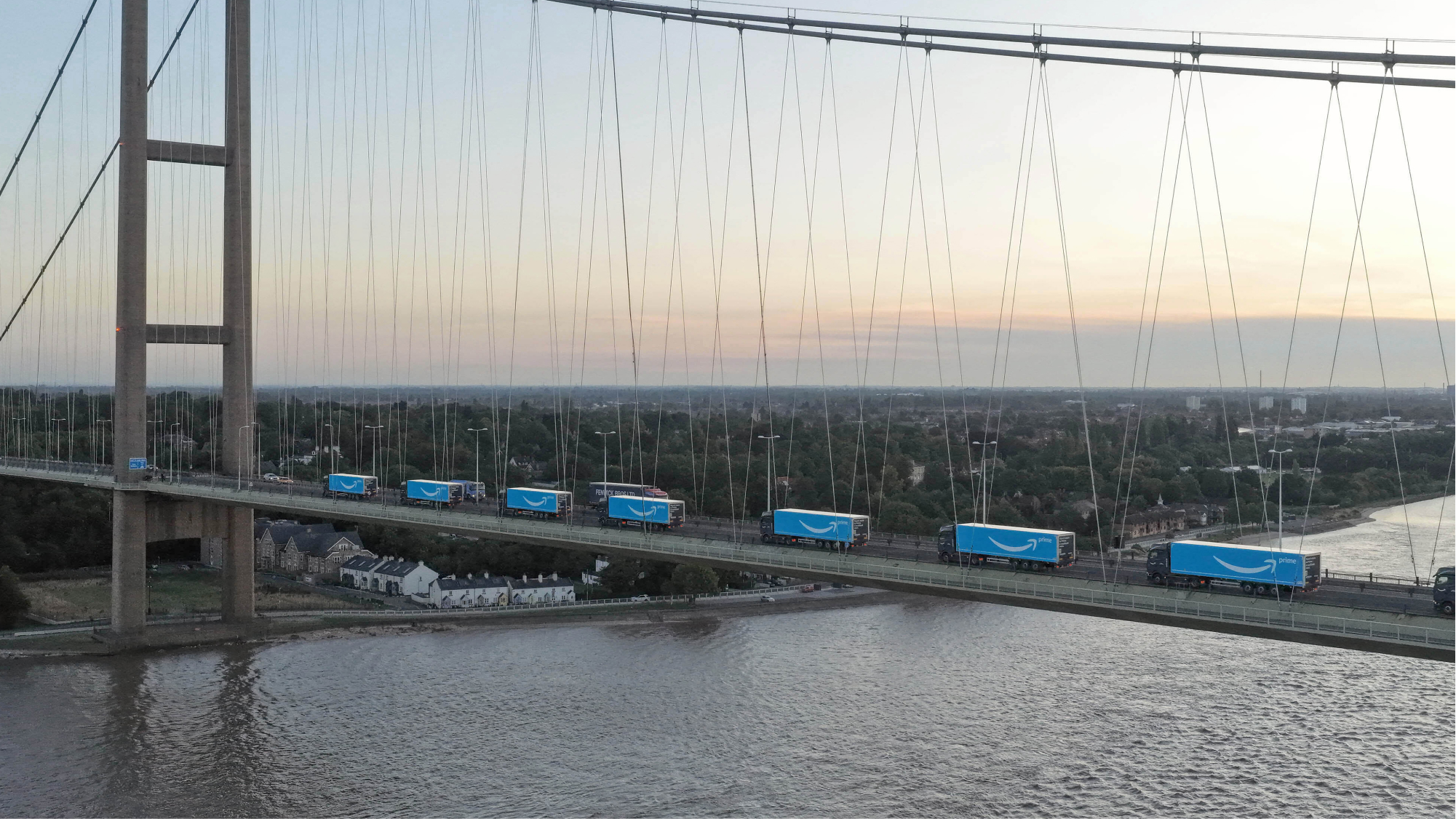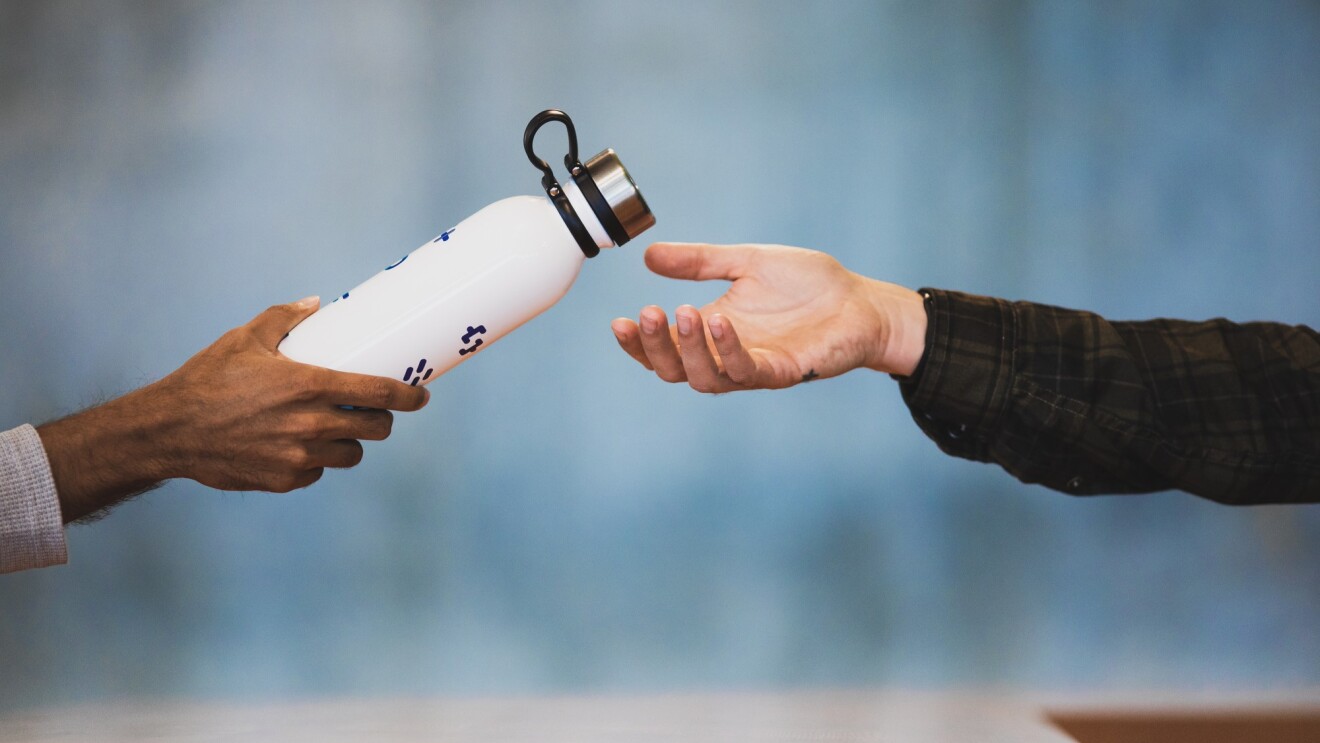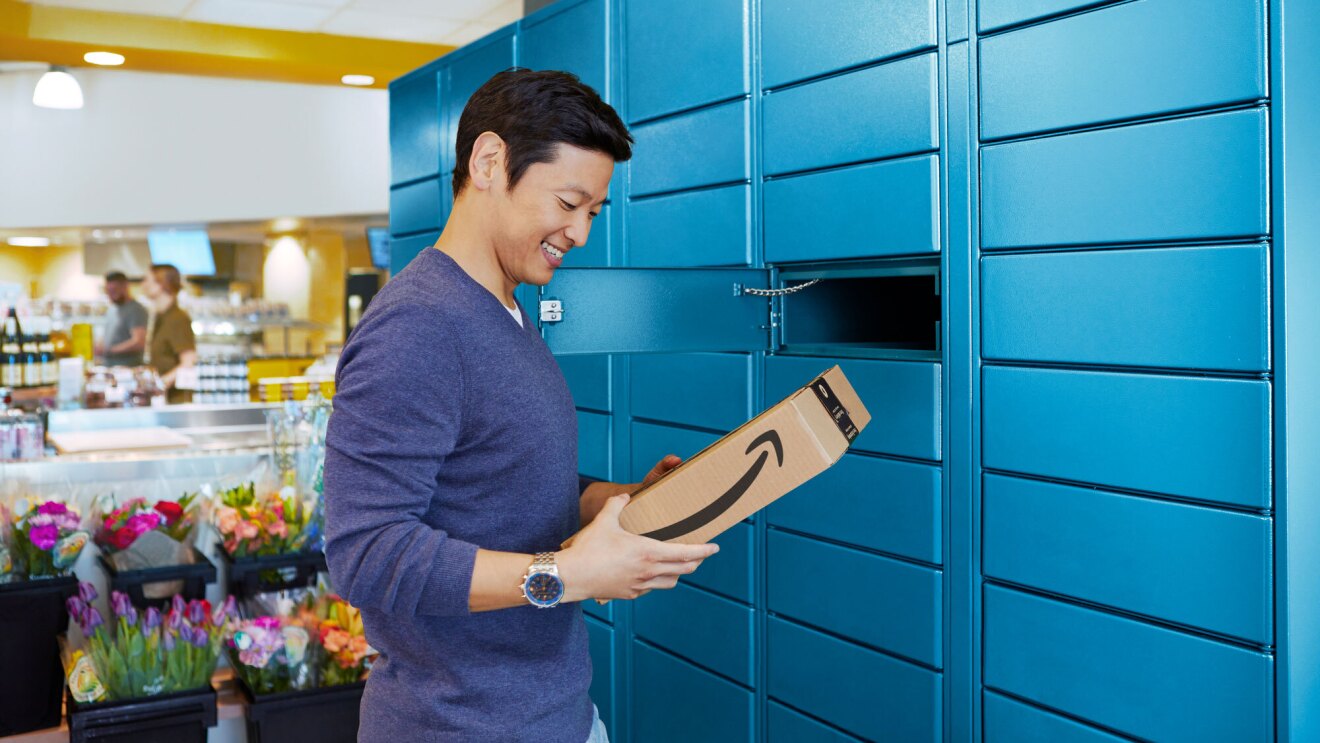Whether it's a last-minute birthday gift or groceries for tonight's dinner, you know that your Amazon order will be at your doorstep when you need it. But how does Amazon pull that off? The answer involves a combination of advanced logistics, innovative technology, and dedicated associates.
Say the chilly weather prompted you to purchase a wool blanket from a home décor seller. Chances are that the blanket will come from a shop making use of Fulfilment by Amazon. Previously only able to sell locally, small business owners can now make the most of Amazon’s marketplace and ship inventory to fulfilment centres which handle the rest.
As a result, vendors such as home décor boutiques can reach customers all over the country. In fact, at least half the items sold on Amazon.co.uk come from entrepreneurs like this.
Read on to see how your order from Amazon makes its way to you.
How do Amazon fulfillment centres operate?

It all starts in Amazon's fulfilment centres, where products come in on lorries and travel inside on conveyor belts to their storage pods. With the implementation of advanced robotics and technology, millions of products are packed, tracked, and processed every day.
Once you’ve ordered your item, it’s picked out by an associate with the help of orange robotic drive units that move inventory around the fulfilment centre.
Once picked, your product moves along conveyor belts for packing whilst being scanned by our sophisticated computer systems along the way to monitor progress. Once packed, your product is weighed to ensure it is correct and, after labelling, is sent to a lorry-in-waiting.
As of 2025, Amazon operates 31 fulfilment centres across the UK, with facilities in Manchester, Coventry, and Dunfermline.
How does my package get from the fulfilment centre to my home?
 Amazon announced the UK’s largest-ever order of eHGVs. Amazon’s transportation network will grow from nine to more than 160 electric trucks in the UK, transporting more than 300 million customer packages each year.
Amazon announced the UK’s largest-ever order of eHGVs. Amazon’s transportation network will grow from nine to more than 160 electric trucks in the UK, transporting more than 300 million customer packages each year.Based on shipping method, speed of delivery, and destination, at the fulfilment centre your package will be sent to the corresponding lorry for delivery.
Amazon lorries can carry more than 2,000 boxes at a time and bring orders from fulfilment centres to sortation centres, where packages are sorted by destination and the required delivery speed. From here, they are loaded onto a variety of transportation modes, from Amazon’s own planes and vehicles, to couriers such as Hermes, DPD, and the Royal Mail.
How does Amazon Prime Air work?
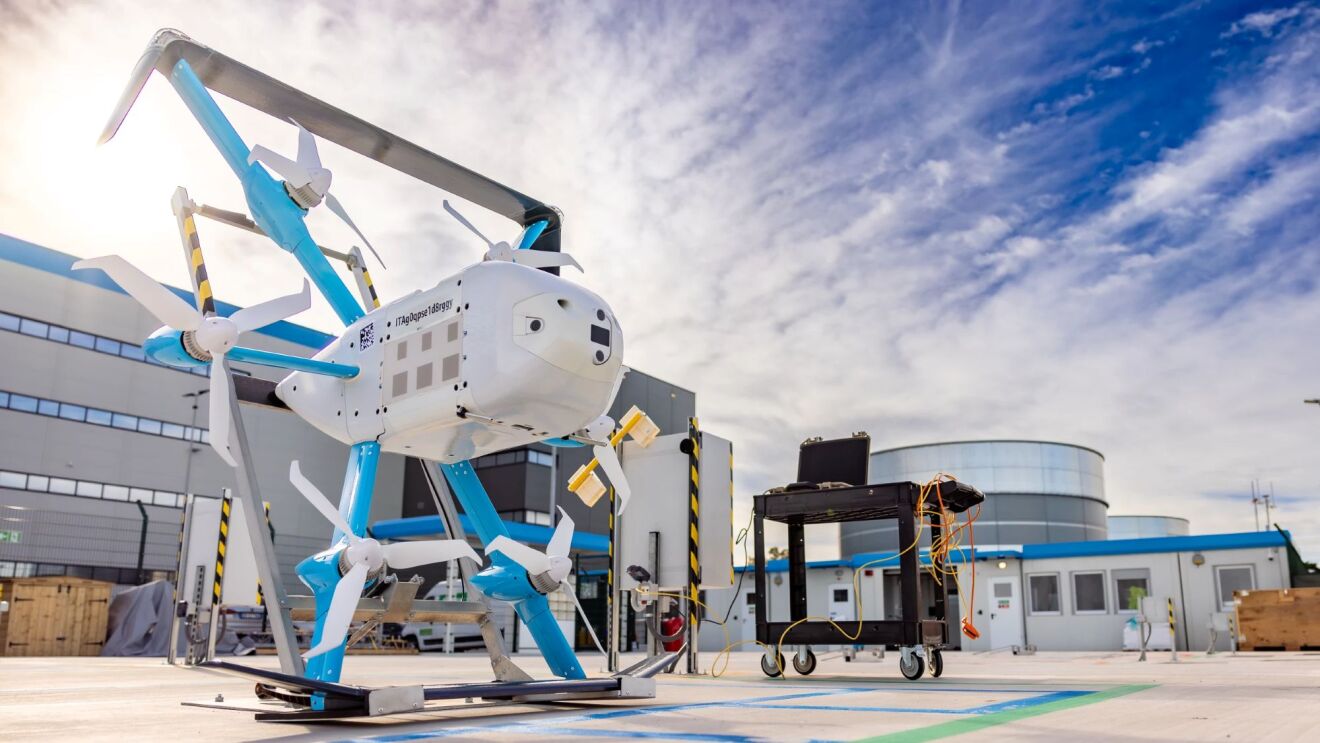
With Prime Air having successfully delivered thousands of packages to customers around the world in 60 minutes or less, Amazon continues to work closely with the Civil Aviation Authority to bring commercial drone delivery soon to the UK.
Our drones operate safely and autonomously, using technology to sense and avoid obstacles in the delivery area, while packages are held inside during transit to protect your order.
Once Prime Air is available in the UK, eligible Amazon customers will be able to opt in to drone delivery and choose from thousands of items that weigh five pounds (2.2 kg) or less—including household products, everyday essentials, beauty items, and office/tech supplies.
Our latest drone, the MK30, can fly twice as far as previous models, ensuring deliveries for those who live further from our fulfilment centres. It’s quieter and can fly in more diverse weather conditions, such as light rain and cold temperatures.
How does Amazon work with Delivery Service Partners?
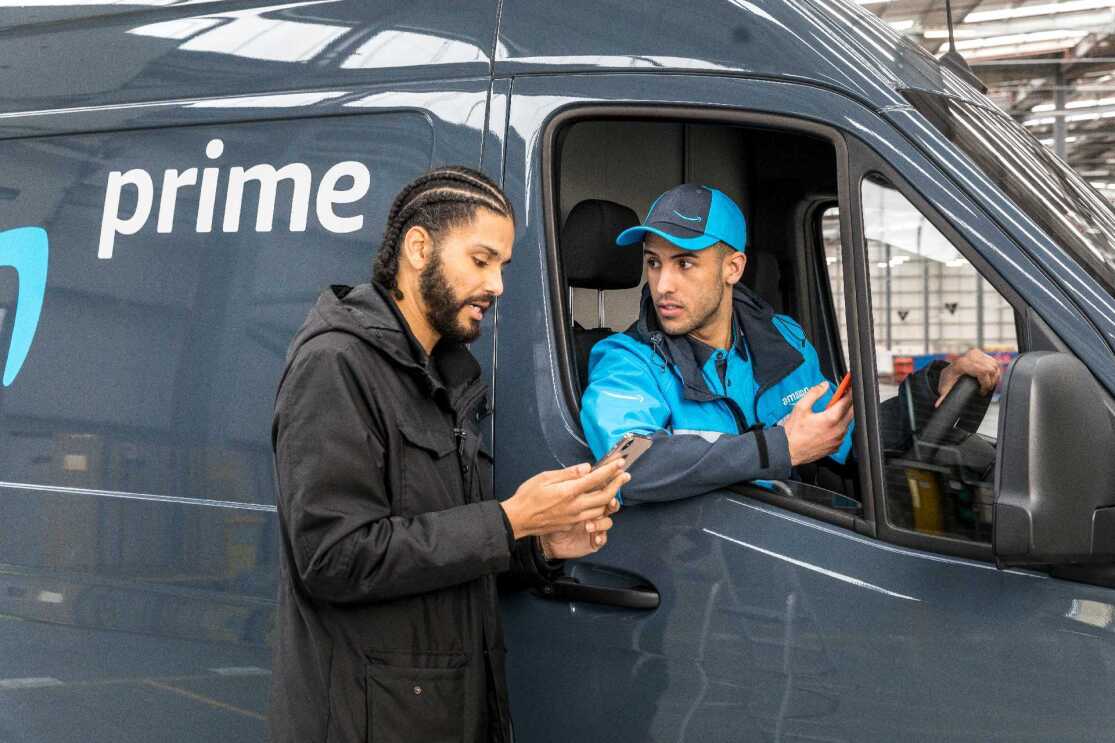
The volume of orders is so vast that Amazon is recruiting Delivery Service Partners to help them get to where they need to go. The partners hire and develop their own teams of drivers, operating with anywhere from 20 to 40 vans and 40 to 100 employees. Amazon supports Delivery Service Partners by providing a comprehensive toolkit and training, as well as ongoing support and communication. Amazon also uses independent contractors through Amazon Flex.
How Amazon continues to develop technology for the delivery process
 A Hercules unit hard at work, preparing to carry a storage pod at an Amazon fulfilment centre.
A Hercules unit hard at work, preparing to carry a storage pod at an Amazon fulfilment centre.An array of sophisticated tools help move your order quickly and efficiently, and the technologies behind them are constantly evolving. Amazon continues to explore new ways of getting products to customers, including the roll out of the next generation of robotics within our centres.
Considering how quickly your orders are arriving with the systems Amazon has in place today, just imagine how quickly you'll be receiving your order in the not-to-distant future.

